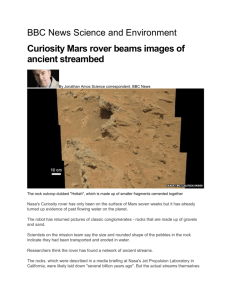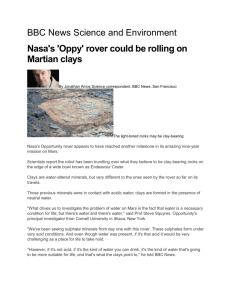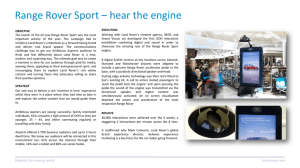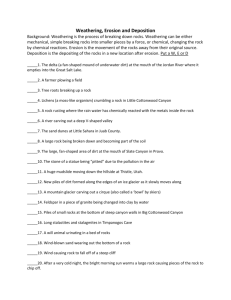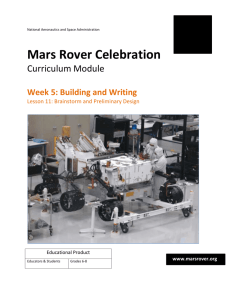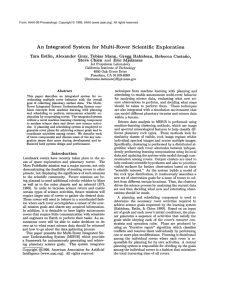NASA`s curiosity rover finds `unusual rock`.
advertisement
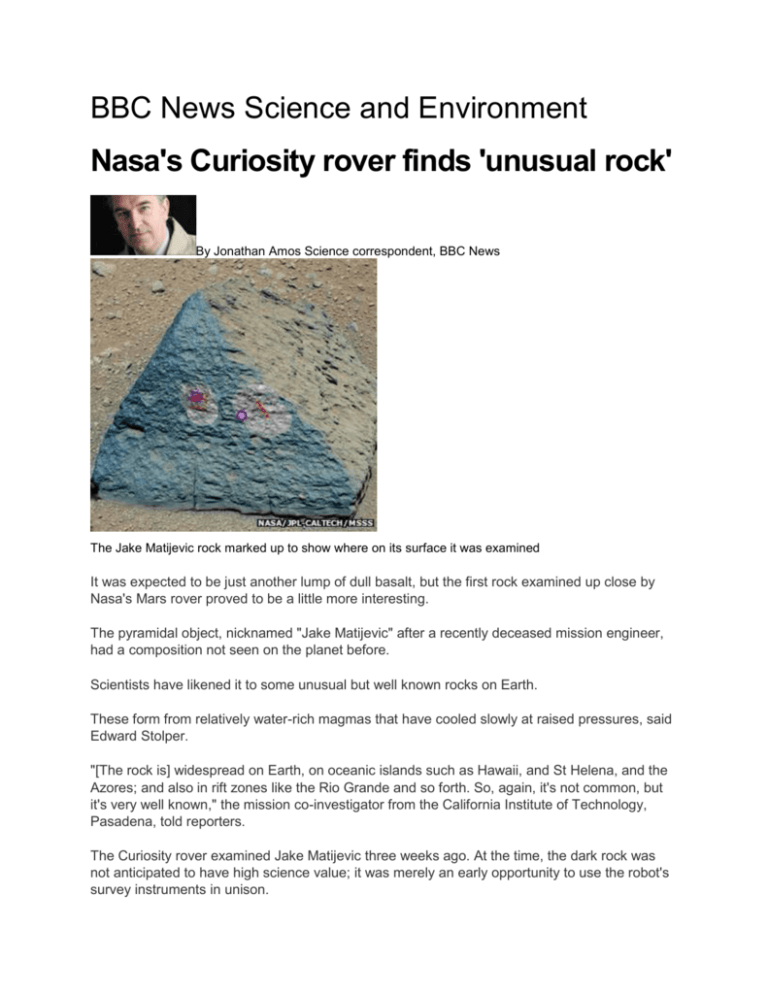
BBC News Science and Environment Nasa's Curiosity rover finds 'unusual rock' By Jonathan Amos Science correspondent, BBC News The Jake Matijevic rock marked up to show where on its surface it was examined It was expected to be just another lump of dull basalt, but the first rock examined up close by Nasa's Mars rover proved to be a little more interesting. The pyramidal object, nicknamed "Jake Matijevic" after a recently deceased mission engineer, had a composition not seen on the planet before. Scientists have likened it to some unusual but well known rocks on Earth. These form from relatively water-rich magmas that have cooled slowly at raised pressures, said Edward Stolper. "[The rock is] widespread on Earth, on oceanic islands such as Hawaii, and St Helena, and the Azores; and also in rift zones like the Rio Grande and so forth. So, again, it's not common, but it's very well known," the mission co-investigator from the California Institute of Technology, Pasadena, told reporters. The Curiosity rover examined Jake Matijevic three weeks ago. At the time, the dark rock was not anticipated to have high science value; it was merely an early opportunity to use the robot's survey instruments in unison. Jake Matijevic also had an interesting, weathered appearance that drew attention. The rover first zapped the rock from a distance with its ChemCam laser, and then moved in close to study it with its X-ray spectrometer known as APXS. The latter device is held on the end of the rover's robotic arm; the laser is mounted on its mast. Jake Matijevic was found to be high in elements consistent with the mineral feldspar, such as sodium and potassium, and low in elements such as magnesium and iron. Prof Stolper compared the signatures with a catalogue containing thousands of Earth rocks, and determined the nearest match to be an igneous type, the formation of which he likened to the production of colonial apple jack liquor. This saw barrels of cider left outside in winter to partially freeze. As the barrels iced up, they would concentrate the apple-flavoured liquor. A similar process was occurring in the liquid magma several kilometres underground that gave rise to alkalic rocks like Jake Matijevic, said Prof Stolper. "In the case of the apple jack, you take out water and concentrate alcohol; in this case you take out particular minerals - olivines, pyroxenes and some feldspars - and you generate a liquid that is very different to what you started with," he explained. "So, the composition of Jake Matijevic is a very close match to highly crystallised or fractionated magmas that occur in particular places on Earth." Curiosity landed in Mars' equatorial Gale Crater in August, and has driven eastwards almost 500m since then. It is currently stationed just short of a point called Glenelg, where satellite images have revealed a juxtaposition of three different types of terrain. Scientists expect this location to be a good starting point to begin characterising the geology of Gale. The rover is scooping dirt to scrub its system for handling and sorting samples The mission is going through something of a lull presently while the rover spends a few days preparing its sample handling system. It is running dirt through this equipment to scrub surfaces free of any residual contamination from Earth. This is necessary to avoid skewing the analyses of rock and soil samples delivered to the rover's on-board laboratories later in the mission. Curiosity's goal is to try to determine if Gale ever supported environments that might have allowed microbial life to flourish. In the short time it has been on the ground, it has already identified rocks that were clearly deposited in fast running water. The theory is that the rover is sitting at the head of an ancient alluvial fan where a network of streams cut across the crater floor billions of years ago. Mission goal is to determine whether Mars has ever had the conditions to support life Project costed at $2.5bn; will see initial surface operations lasting two Earth years On-board plutonium generators will deliver heat and electricity for at least 14 years 75kg science payload more than 10 times as massive as those of earlier US Mars rovers Equipped with tools to brush and drill into rocks, to scoop up, sort and sieve samples Variety of analytical techniques to discern chemistry in rocks, soil and atmosphere Will try to make first definitive identification of organic (carbon rich) compounds Even carries a laser to zap rocks; beam will identify atomic elements in rocks (A) Curiosity will trundle around its landing site looking for interesting rock features to study. Its top speed is about 4cm/s (B) This mission has 17 cameras. They will identify particular targets, and a laser will zap those rocks to probe their chemistry (C) If the signal is significant, Curiosity will swing over instruments on its arm for closeup investigation. These include a microscope (D) Samples drilled from rock, or scooped from the soil, can be delivered to two hi-tech analysis labs inside the rover body (E) The results are sent to Earth through antennas on the rover deck. Return commands tell the rover where it should drive next Reference BBC (2012) Nasa’s curiosity rover finds ‘unusual rock’ ‘http://www.bbc.co.uk accessed 16/10/2012
